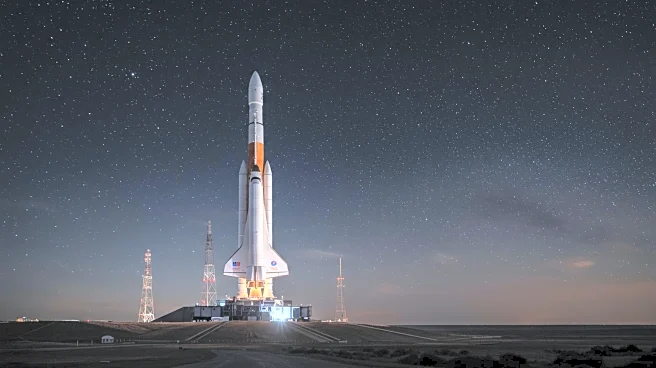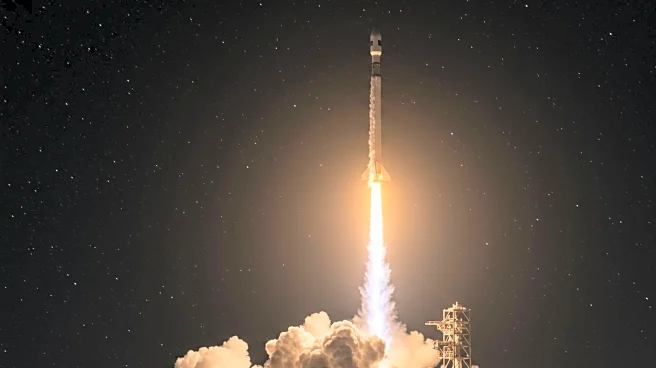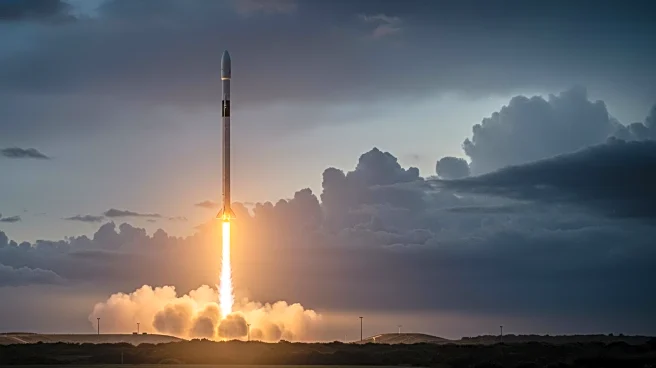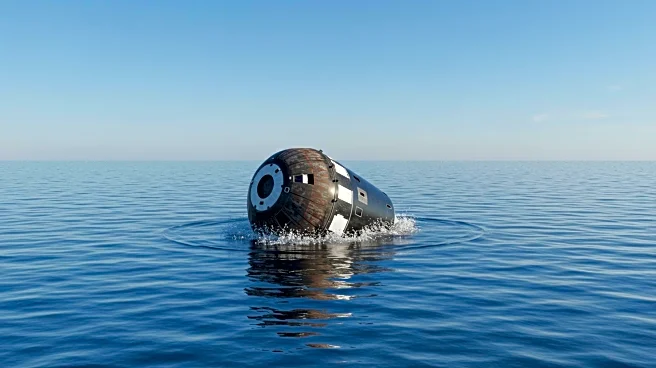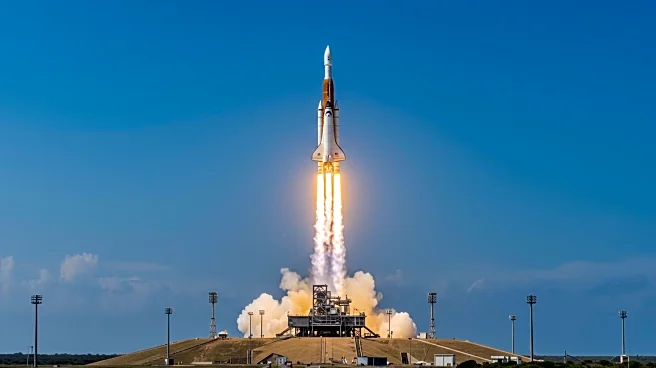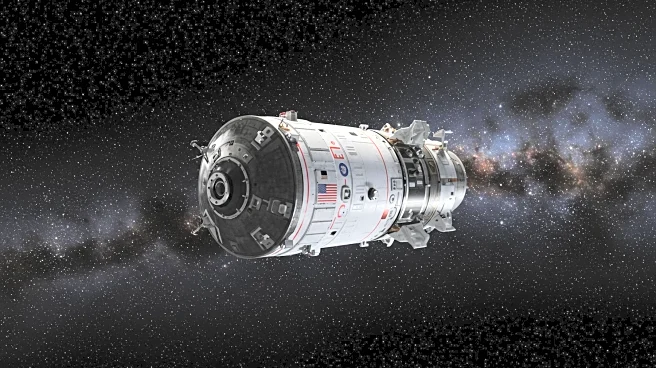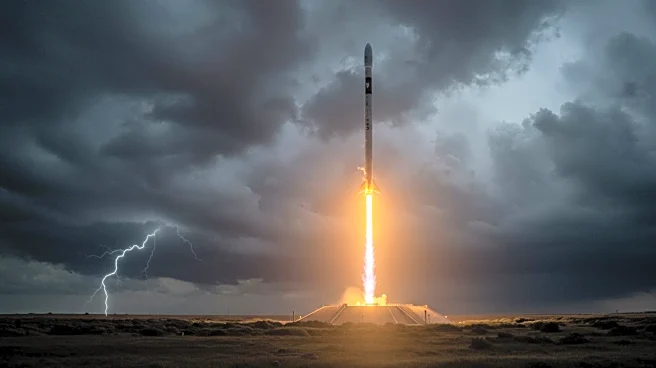What's Happening?
SpaceX successfully launched 24 Starlink satellites from Vandenberg Space Force Base in California on August 14, 2025. The Falcon 9 rocket lifted off at 1:05 a.m. EDT, marking SpaceX's 98th Falcon 9 mission of the year. The launch is part of SpaceX's ongoing efforts to expand its broadband internet service through its Starlink megaconstellation. The first stage of the rocket completed its fifth flight, landing on the drone ship 'Of Course I Still Love You' in the Pacific Ocean. With this launch, SpaceX has deployed over 8,100 active Starlink satellites, contributing to global internet connectivity.
Why It's Important?
The launch of additional Starlink satellites is significant for the expansion of global internet access, particularly in remote and underserved areas. SpaceX's Starlink project aims to provide high-speed internet connectivity worldwide, potentially transforming communication and access to information. The successful reuse of the Falcon 9 first stage demonstrates SpaceX's commitment to cost-effective and sustainable space exploration. The continued growth of the Starlink constellation highlights the increasing role of private companies in advancing space technology and infrastructure.
What's Next?
SpaceX is likely to continue its efforts to expand the Starlink network, with more launches planned in the future. The company may focus on improving satellite technology and increasing coverage areas. The success of the Starlink project could lead to further collaborations with governments and organizations to enhance global connectivity. SpaceX's advancements in reusable rocket technology may also pave the way for more sustainable and efficient space missions.
Beyond the Headlines
The expansion of the Starlink network raises questions about the impact of satellite constellations on space debris and the environment. It also highlights the potential for increased competition in the satellite internet market and the implications for global communication infrastructure.


